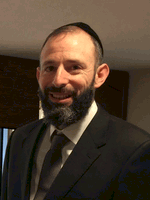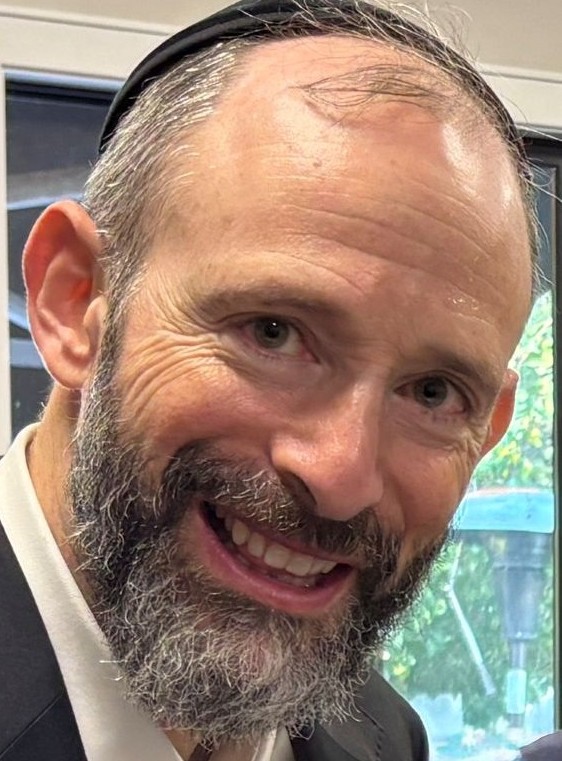Note: The following information is contained in the website http://www.circinfo.net/ , and it has been copied with permission. This is not an exact copy of all the information found on the website http://www.circinfo.net/ . For an exact text of the information contained in that site, please go onto the above mentioned site.
Circumcision of the neonate
There is no evidence of any long-term psychological harm arising from circumcision. The risk of damage to the penis is extremely rare and avoidable by using a competent, experienced doctor. Unfortunately, because it is such a simple, low-risk procedure, it had once been the practice to assign this job to junior medical staff, with occasional devastating results. Anecdotes of such rare events from the past should be viewed in perspective. Parents or patients nevertheless need to have some re-assurance about the competence of the operator. Also the teaching of circumcision to medical students and practitioners needs to be given greater attention because it is performed so commonly and needs to be done well. A model to teach interns has, moreover, been produced [100].
Surgical methods often use a procedure that protects the penis during excision of the foreskin. In the USA the most commonly used devices are the GOMCO clamp (67%), MOGEN clamp (10%) and PlastiBell (19%) [338]. Pictures of these can be found in refs [8, 204], and the latter in particular discusses the procedure, as well as contraindications.
The Plastibell (Hollister Inc, USA ) provides a `no scalpel' circumcision. In this method, the foreskin is stretched over a protective plastic cap which covers the glans, and a ligature is tied around the base of the foreskin. The compression against the underlying plastic shield causes the foreskin tissue to necrose and the foreskin and Plastibell then get sloughed off within a week, thus eliminating the need to actually cut the foreskin off [124, 159]. Cosmetic results have met with unanimous parental acceptance [96].
Dr Terry Russell, OAM, in Australia, has developed a simple, pain-free method involving 2 hours EMLA cream with the penis wrapped in cling wrap (done by the parents), followed by a modified Plastibell circumcision [300]. The technique is described in detail on his website (http://www.circumcision.com.au). Dr Russell has used it in over 17,000 circumcisions on boys of all ages from neonate to puberty. These were all a complete success with no serious or moderate complication. In collaboration with Prof Roger Short, a video ("no scalpel circumcision") that teaches the Russell method has been produced for Botswana , and another, filmed in a Pacific Island nation, is in production for New Guinea . These were aimed primarily at AIDS minimization. Moreover, since this simple plastic device is now off patent it can be produced at very low cost to help reduce AIDS in poor countries [327].
The Gomco and Mogen clamps serve to protect the penis when excising the prepuce. The type of clamp used affects the time taken for the procedure, being on average 81 seconds for the Mogen clamp and 209 seconds for the Gomco clamp [197]. In a head-to-head trial of length of procedure the Mogen took 12 minutes, compared with 20 minutes for the Plastibell [350]. Although simpler to use and more pain-free than the other two [181, 197, 350], the Mogen removes less foreskin. The Gomco is the oldest, having been invented in 1935, and is the most refined instrument [372]. Since some of these more elaborate methods can take up to 30 min to perform they therefore expose the baby to a greater period of discomfort. In contrast, a circumcision can be completed in 15-30 seconds by a competent practitioner using methods that are part of traditional cultures. Interestingly, strict sterile conditions were reported not to be necessary to prevent infection in ritual neonatal circumcision in Israel [237]. Also, rather than tightly strapping the baby down, swaddling and a pacifier has been suggested [154, 161, 162]. A special padded, 'physiological' restraint chair has moreover been devised and shown to reduce distress scores by more than 50% [337]. Exposure to a familiar odor (their mother's milk or vanilla) reduces distress after common painful procedures in newborns [130, 286].
Dr Tom Wiswell and other experts strongly advocate the neonatal period as being the best time to perform circumcision, pointing out that the child will not need ligatures (owing to the thinness of the foreskin [314]) or general anesthesia, nor additional hospitalization [391, 392, 394, 396, 397]. Without an anesthetic the child experiences pain and pain is also present for from a few up to a maximum of 12-24 hours afterwards. The child does not, however, have any long-term memory of having had a circumcision performed. A greater responsiveness to subsequent injection for routine immunization may suggest, however, that the baby could remember for a short time [349]. Anesthesia is therefore advocated (see below). Healing is rapid in infancy [314], complication rate is very low (0.2%), and cost is about one-tenth (discussed later).
Children
For children aged 4 months to 15 years a general anesthetic is generally used and this carries a small risk. Also, ligatures are usually needed, although use of a tissue glue has proven to an effective alternative [261, 344]. The latter also reduces operating time and gives a better cosmetic appearance [261]. Excellent cosmetic results were reported for all of 346 patients aged 14 to 38 months using electro-surgery, which presents a bloodless operative field [272]. Metal of any kind (such as the Gomco clamp) has to of course be avoided in this procedure. Gentle tissue dissection with simultaneous hemostasis was achieved using an ultrasound dissection scalpel for circumcision [106]. Circumcision later obviously requires a separate (occasionally overnight) visit to hospital. Rate of complications is also greater, but still low (1.7%). The incidence of penile adhesions decreases with age, however, but at any age they often resolve spontaneously [276]. Pain sometimes can last for days afterwards and those older than 1-2 years may remember. Cost is also much greater than for neonatal circumcision.
For boys with hemophilia, a satisfactory outcome can be achieved with a specialized cost-effective device [178].
Adults
In adults circumcision is more expensive, but can be performed on an outpatient basis (so reducing costs), sometimes with local anesthetic (so reducing anesthetists charges), and pain can last for up to a week or so, during which time absence from work is required. Some however report no pain, just minor discomfort from the stitches.
Thus when considering when is the best time, it would appear that circumcision in the newborn period is safe and technically easy. It is also cheap, as discussed in the next section, as well as providing the maximum lifetime benefit.








